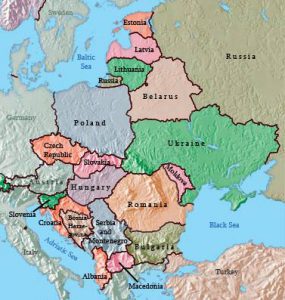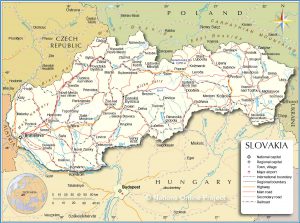12 Days in Kosice
This blog will be an overview of Slovakia’s second largest city, photos taken over almost two weeks and unrelated to the crisis in Ukraine. It has been striking, as many of you have noted, how normal life seems to be not far from the devastation. I sometimes think I could be in a western European city, like Milan or Porto, with all the cafes, coffee shops, and carefree atmosphere. I think that below the surface, there may be more anxiety than is evident. People know what Russia is capable of, and perhaps a coping mechanism is to go on with life as normally as possible. I imagine many people may think, “There but the grace of God go I . . ”
I really did not expect anything special here. But I have been blown away by the charm and vitality of this city, Slovakia’s second largest. Bratislava is far to the west, 270 miles (440 km) away. Kosice has about 240,000 people, but the surrounding area has many more. Keep in mind there are only about 5 million people in this country. (Kyiv, the capital of Ukraine, hwa as many people as all of Slovakia.) There are young people everywhere, young couples, with and without kids, a medical school and technical school (both at university level), as well as a regular university. Prices (for food and lodging) are very reasonable, and this city should be more of a draw for tourists from outside the country. Business is slow now-partly because April’s weather can be mixed (after a number of days in the high 50s, it is now in the high 60s), and bpartly ecause of the war.
For those of you following me on Facebook, many of these are repeat images. But many of you are following me only here. These comments are for the images below, though I’m still not able to slot them in the order I want.
*The Ukrainian families are often noticeable because there is no male. Dad/husband is back home defending his country, and mom/wife is very worried and calls him daily. Many (most?) of the families have no more than two children. Where you occasionally see a male head of household with Ukrainians, it is when a Ukrainian girl has a Slovak husband. The dress of the little Ukrainian girl below is wonderful. She is unknowingly a fashion trendsetter.
*The State Theater sits opposite St. Elizabeth’s Cathedral. They dominate Hlavna Street,a pedestrian boulevard. It is a magnificent baroque building with a lovely interior. It seems big on the outside, but there are only ten rows (of about 20 seats each across), plus spectacular balconies. I saw Massenet’s opera, Werther, there. It played only one night and was quite good. The lead (Werther) was Peter Berger, a noted Slovak opera figure. To me at least, he towered over the female lead for Charlotte.
*Hlavna street has countless cafes and coffee shops. There are also many of both down side streets, which one photo shows.
*The Dog Shelter is about a 20-minute drive out of town. I expected to see many refugee dogs. But that was not the case because most places housing refugees have been willing to take pets. The shelter was impressive: 200-300 dogs (cats at another shelter I did not visit). They never kill a dog here and got me thinking that the phrase “no-kill shelter” is weird. If a place is a shelter, there should not be killings there . . . One of the dogs was the powerful Asian Shepherd Dog, known as the Alabay or Alabai (see photo). He guards livestock, can weight up to 170-180 lbs. and has a nickname of “Wolf Crusher.” My guides were a couple high school girls who hope to become veterinarians.
*There is a newer, more western part of town nearby, with a Doubltree Inn dominating the horizon. The AuPark Mall is a 10-minute walk from downtown. It is very modern, on three levels. There are two other malls, even larger, further from town. I discovered that Legos are indeed universal. As I commented on FB, I don’t know what the world will look like in 100 years, but people will still be playing with Legos.
*Before WWII, the city was about 25% Jewish. There are 3 synagogues in town. Here’s a photo of the largest; very impressive. But it is not open regularly for services or tours. Not sure why not the latter- they could generate some revenue. I was surprised to see Matzoh (not for Passover and called Maces) at the big Metro warehouse store. With the long history of the city’s Jewish population, the non-Jewish population was used to them, and such unleavened bread is still in demand (see photo).
*Photo of Skoda SUV. Skoda is a Czech company. The automotive industry is the largest in Slovakia. The country produces 1 million cars and is the highest producer of autos per capita in the world.
Finally, while donuts are trending in the US and rising in price, here you can get a little basket of mini-donuts for 3 Euro. And everywhere I go, lemonade is made with real fruit, often with seltzer water. Beers are plentiful, and Pilsner Urquell is on tap everywhere, as well as the local brews.
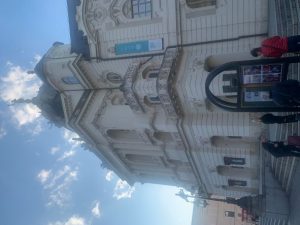
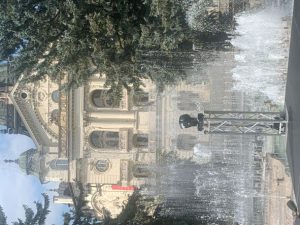
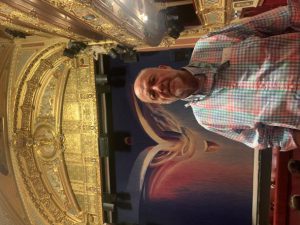
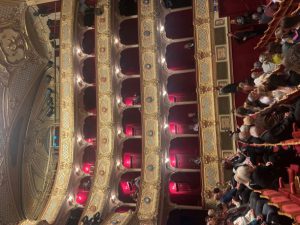
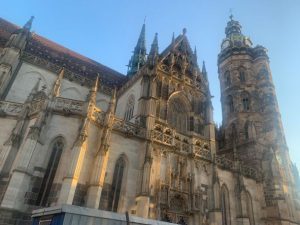
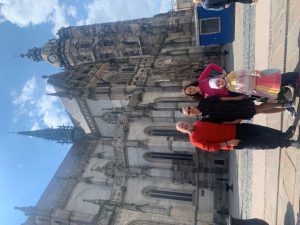
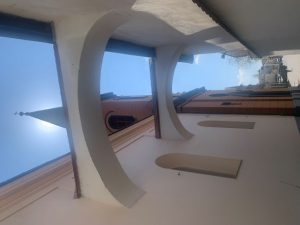
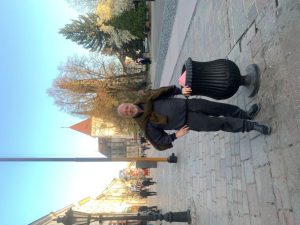
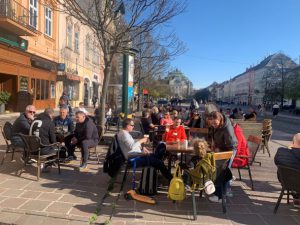
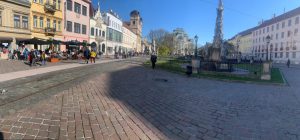
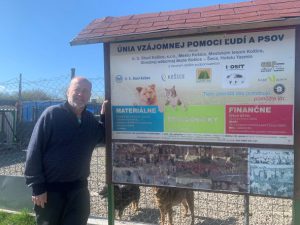
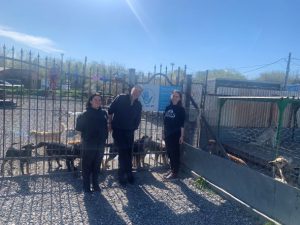
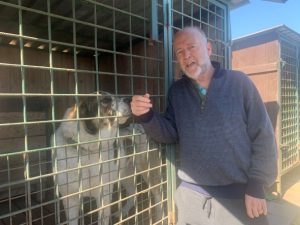
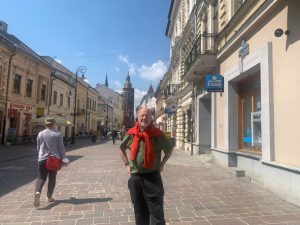
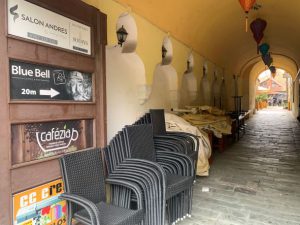
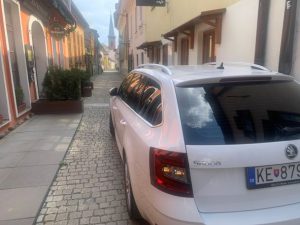
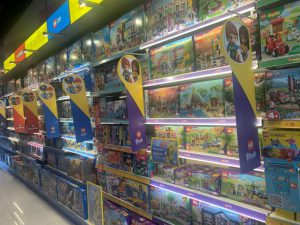
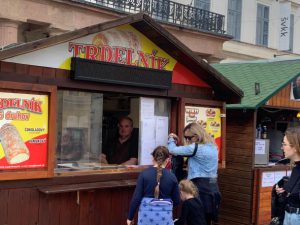
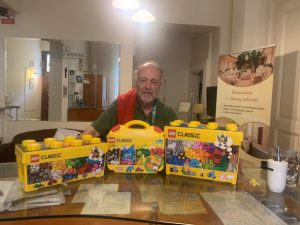
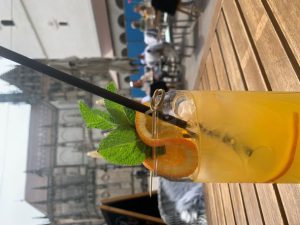
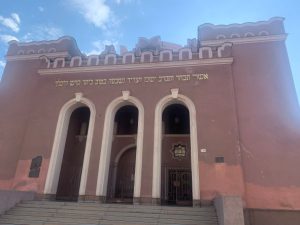
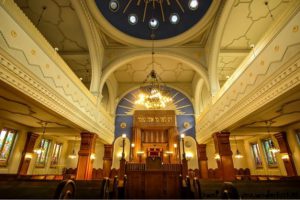
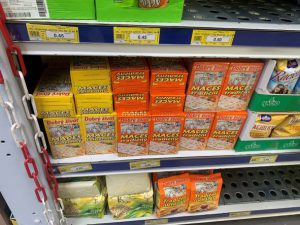
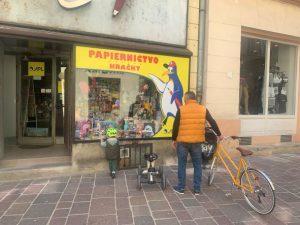

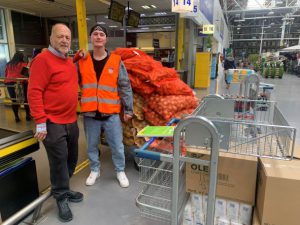
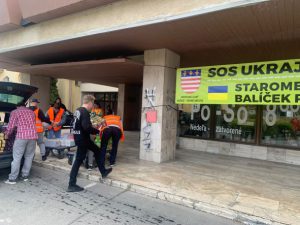
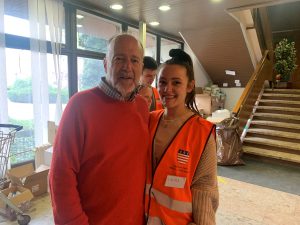
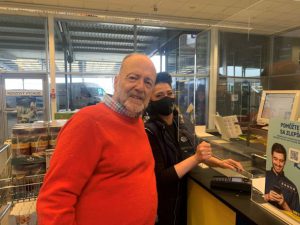
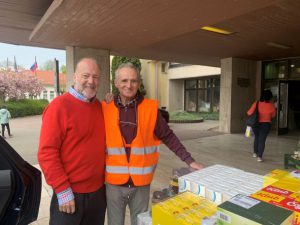
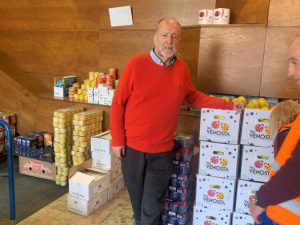
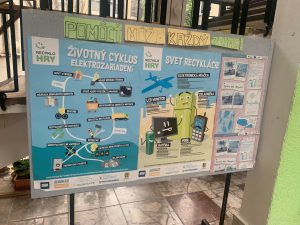
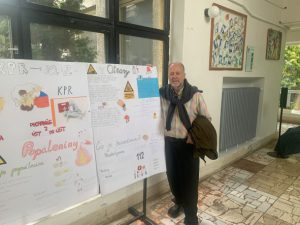
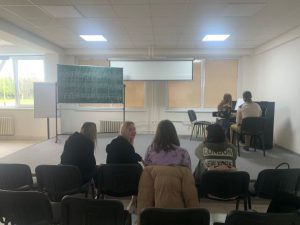
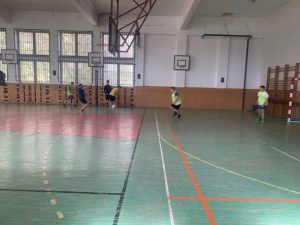
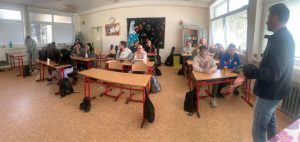
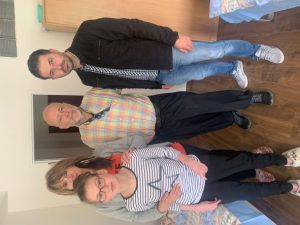
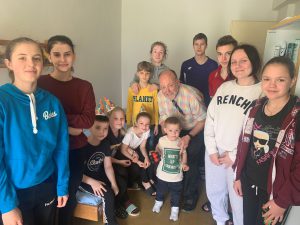
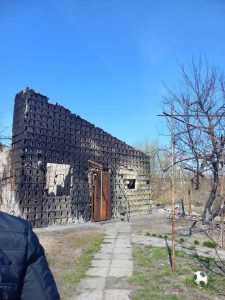
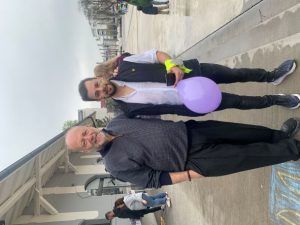
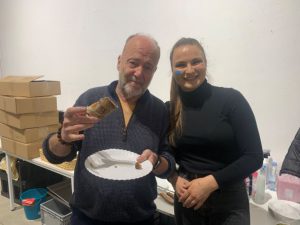
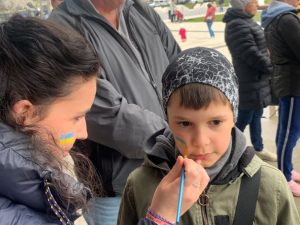
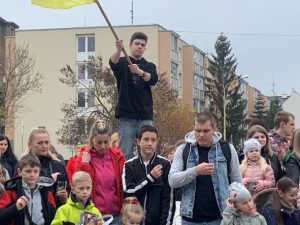
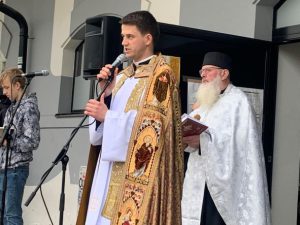

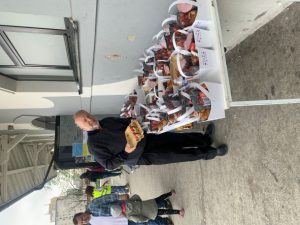
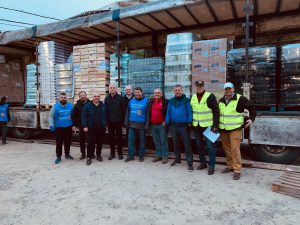
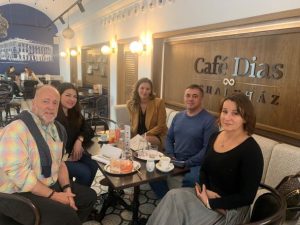
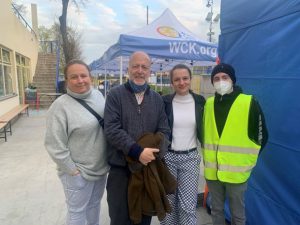
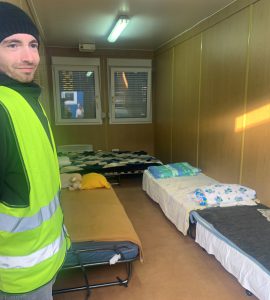
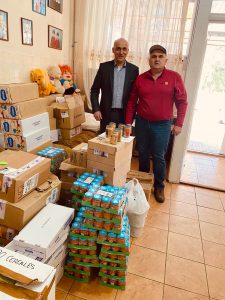
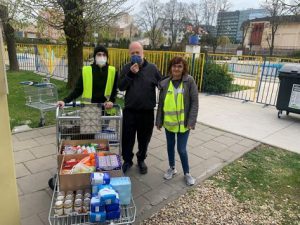
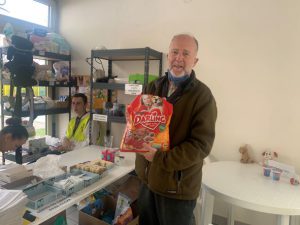
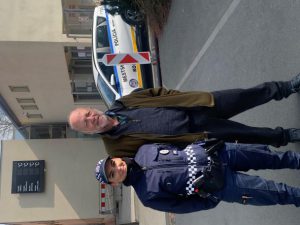
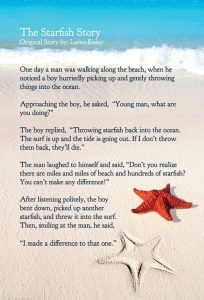
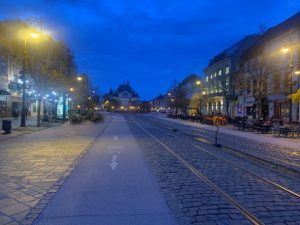
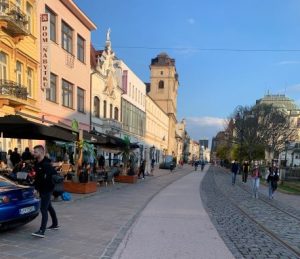
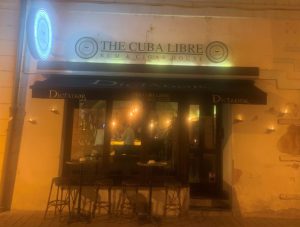
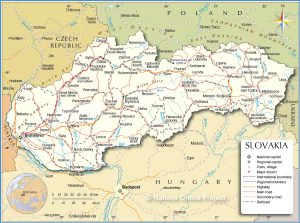
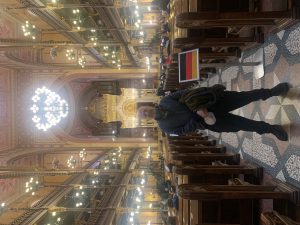
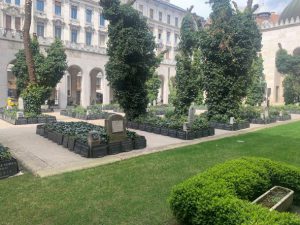
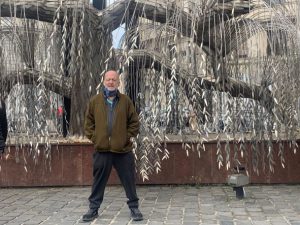
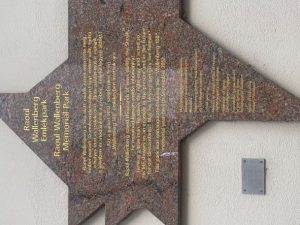
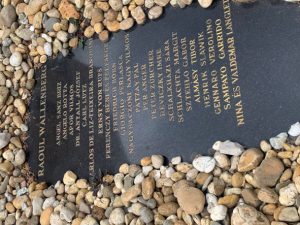
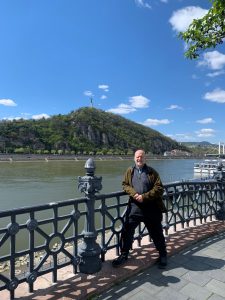 I arrived in Budapest, Hungary, the nearest big-city portal to my final destination of Kosice, Slovakia. Hungary is an “interesting” entry point because it is a rare European country that has not condemned the Russian invasion of Ukraine. (I think Serbia may be another.) To its credit, though, the country has taken in about 300,000 Ukrainian refugees, who have crossed the country’s narrow common border.
I arrived in Budapest, Hungary, the nearest big-city portal to my final destination of Kosice, Slovakia. Hungary is an “interesting” entry point because it is a rare European country that has not condemned the Russian invasion of Ukraine. (I think Serbia may be another.) To its credit, though, the country has taken in about 300,000 Ukrainian refugees, who have crossed the country’s narrow common border.